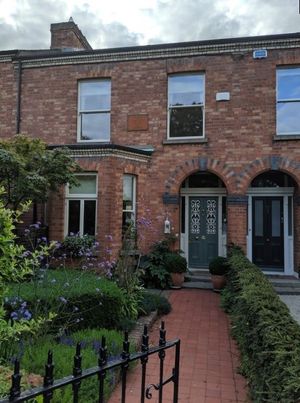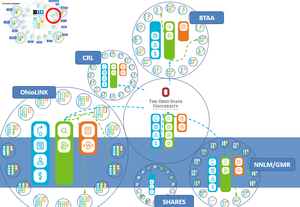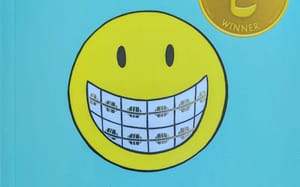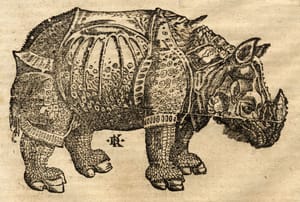There is a famous passage in A portrait of the artist as a young man where Stephen Dedalus is talking to an English priest and is made uncomfortable about the Irish way in which he speaks English. Stephen uses the word tundish for funnel, a word unfamiliar to the priest. Stephen self-consciously jokes that it is called tundish in Lower Drumcondra – an area of Dublin – ‘where they speak the best English’ [wikipedia entry for Drumcondra]. The incident causes Stephen to reflect that he is speaking a language – English – that is not his own: ‘the language we are speaking is his before it is mine’ and ‘his language, so familiar and so foreign, will always be for me an acquired speech’.
I think about these words from time to time, and I went to check the passage the other day. The easiest way to do so was to go to Google Book Search – even though I have a copy of the book somewhere on my own shelves. And, indeed, there are several editions of the Portrait available there.
Here is a link to a version digitized from the Stanford collection. Look at the ‘key words and phrases’: interestingly they have pulled out tundish. The list has names on it, and some phrases.
I was also interested to see the other features being added. They offer related editions (and a query syntax to retrieve them). They suggest ‘related books’, books which cite this one, and scholarly works which cite this book also. This last feature is provided by Google Scholar. Interestingly, they also pull place names from the text and place them on Google Maps.
Presumably, this is all done programmatically. The results may be patchy. I was interested to see ‘St Augustine, Florida’ placed on the map. Of course, the references in the book are to St Augustine himself, for whom St Augustine in Florida was named [wikipedia entry for Augustine of Hippo]. It is interesting that different versions give slightly different results. On one of the other editions I noted that Kingstown was put on the map in St Vincent and the Grenadines. Whereas the Kingstown in question here is the former name of Dun Laoghaire, south of Dublin [wikipedia entry for Dun Laoghaire]. Notes and prefatory materials, which of course change from edition to edition, are also usefully indexed, and get mixed in with results from the text itself. At first look, it was not clear to me how some of the listed scholarly works related to Joyce’s book.
That said, it seems to me that this adds real value, and so long as they think it is worth attention and resource, it will continue to improve. They will make more knowledge emerge from the data they are working with.
I was disappointed though that Drumcondra – where the best English is spoken, and where my mother grew up – was not on the map …. 😉
Related entry:
Aside: Dan Cohen points to another map example within Google Book Search. “Look at the bottom of this page for Illustrated New York: The Metropolis of To-day (1888), digitized by Google at the University of Michigan Library.” Here the locations go down to street level.
Update: Some links added. I see that the maps feature is noted in the Google Book Search blog. Feature picture added, taken by me (from a moving car) in Dublin.




